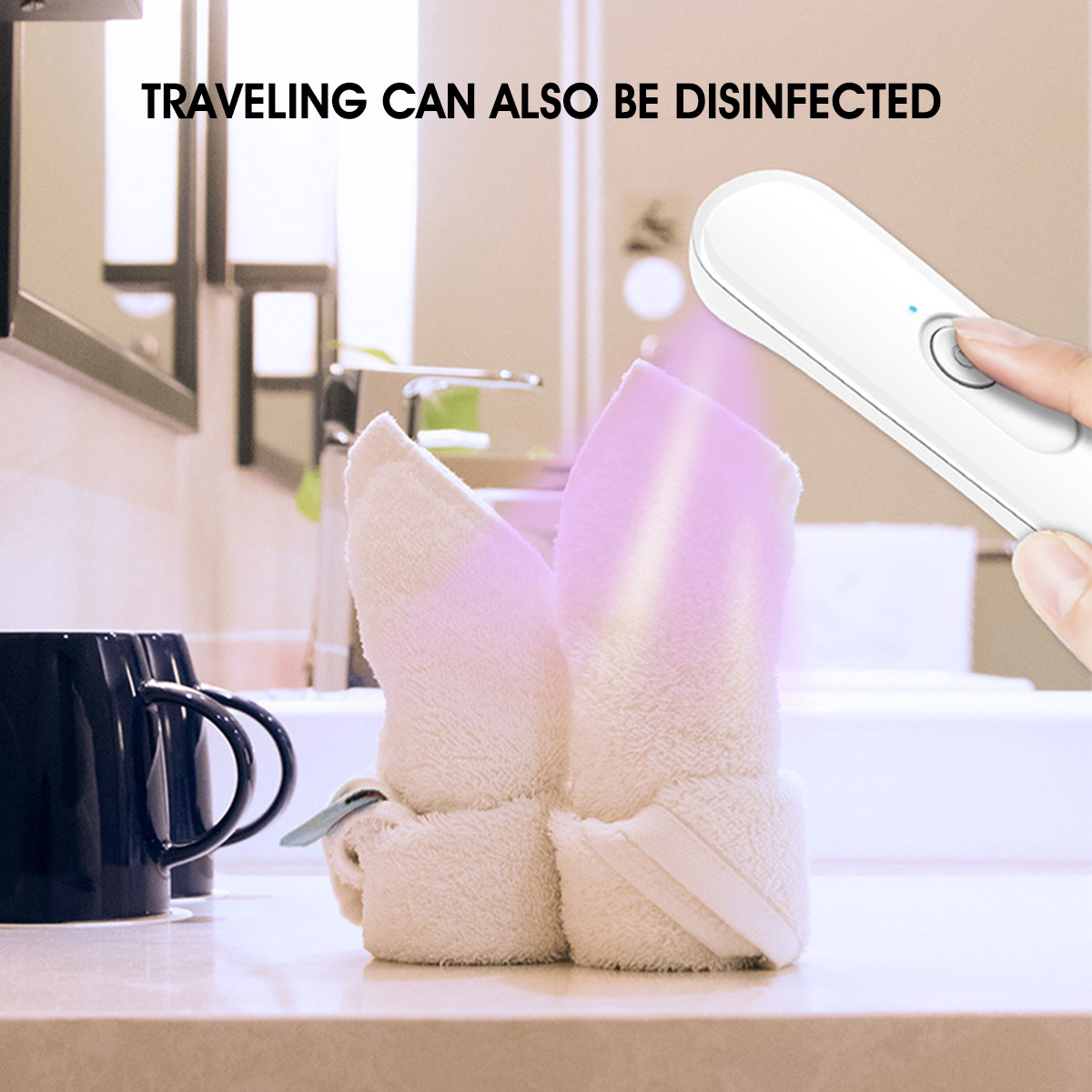
#Uvc medical abbreviation skin
Complications due to local anesthesia are rare and consist mainly of bleeding and damage to the skin where the injection occurs. If performed properly, this procedure will reduce the infant's pain and behavioral changes.

Local anesthesia is provided by injecting a medication into the nerves at the base of the penis. In recent years, there has been more interest in providing local anesthesia for this procedure, but by no means is this universally accepted. Although the procedure is relatively brief, the newborn experiences some pain and discomfort. Newborn circumcision is usually performed without anesthesia. Inflammation of the external urethral opening (meatitis) is more common in circumcised boys. Although circumcision is considered to be a generally safe procedure, in rare cases these or other complications can lead to severe problems and even death. The immediate risks of circumcision are bleeding, inadvertent injury to the remainder of the penis, and infection. What are the potential risks and disadvantages of circumcision? Also the incidence of urinary tract infection in male infants is decreased when circumcision is performed during the newborn period. Newborn circumcision protects against the later development of cancer of the penis, although this is an extremely rare disease. Circumcision will prevent several conditions that cause an accumulation of fluid and swelling around the foreskin and glans, as well as a problem known as phimosis, which is the inability to retract the foreskin. Because of this ease of cleanliness, certain infections which can occur in uncircumcised boys or men with poor hygiene cannot occur in those who are circumcised. The glans of the penis is easier to keep clean if the male is circumcised. FAQ What are the potential advantages of newborn circumcision? The American College of Obstetricians and Gynecologists has endorsed the above Task Force statement.

The medical benefits alone may not outweigh these other considerations for individual families.įindings from the systematic evaluation are available in an accompanying 32-page technical report. They will need to weigh medical information in the context of their own religious, ethical, and cultural beliefs and practices. Parents ultimately should decide whether circumcision is in the best interests of their male child. It is important that clinicians routinely inform parents of the health benefits and risks of male newborn circumcision in an unbiased and accurate manner. Male circumcision performed during the newborn period has considerably lower complication rates than when performed later in life.Īlthough health benefits are not great enough to recommend routine circumcision for all male newborns, the benefits of circumcision are sufficient to justify access to this procedure for families choosing it and to warrant third-party payment for circumcision of male newborns.

Complications are infrequent most are minor, and severe complications are rare. The procedure is well tolerated when performed by trained professionals under sterile conditions with appropriate pain management. Benefits include significant reductions in the risk of urinary tract infection in the first year of life and, subsequently, in the risk of heterosexual acquisition of HIV and the transmission of other sexually transmitted infections. Systematic evaluation of English-language peer-reviewed literature from 1995 through 2010 indicates that preventive health benefits of elective circumcision of male newborns outweigh the risks of the procedure. The American College of Obstetricians and Gynecologists has endorsed this statement. Specific benefits identified included prevention of urinary tract infections, penile cancer, and transmission of some sexually transmitted infections, including HIV. Evaluation of current evidence indicates that the health benefits of newborn male circumcision outweigh the risks and that the procedure’s benefits justify access to this procedure for families who choose it.
#Uvc medical abbreviation update
In 2007, the American Academy of Pediatrics (AAP) formed a multidisciplinary task force of AAP members and other stakeholders to evaluate the recent evidence on male circumcision and update the Academy’s 1999 recommendations in this area. Male circumcision is a common procedure, generally performed during the newborn period in the United States. The controversial indications for circumcision are thoroughly discussed in the literature and are dealt with in the AAP policy statement, Pediatrics Vol. Peer Review Status: Internally Peer Reviewed

Iowa Neonatology Fellows and John Dagle, MD, PhD


 0 kommentar(er)
0 kommentar(er)
